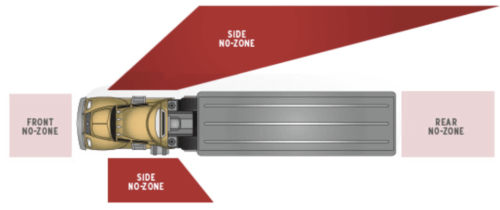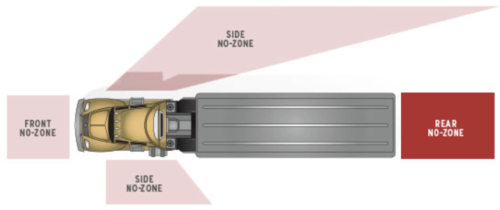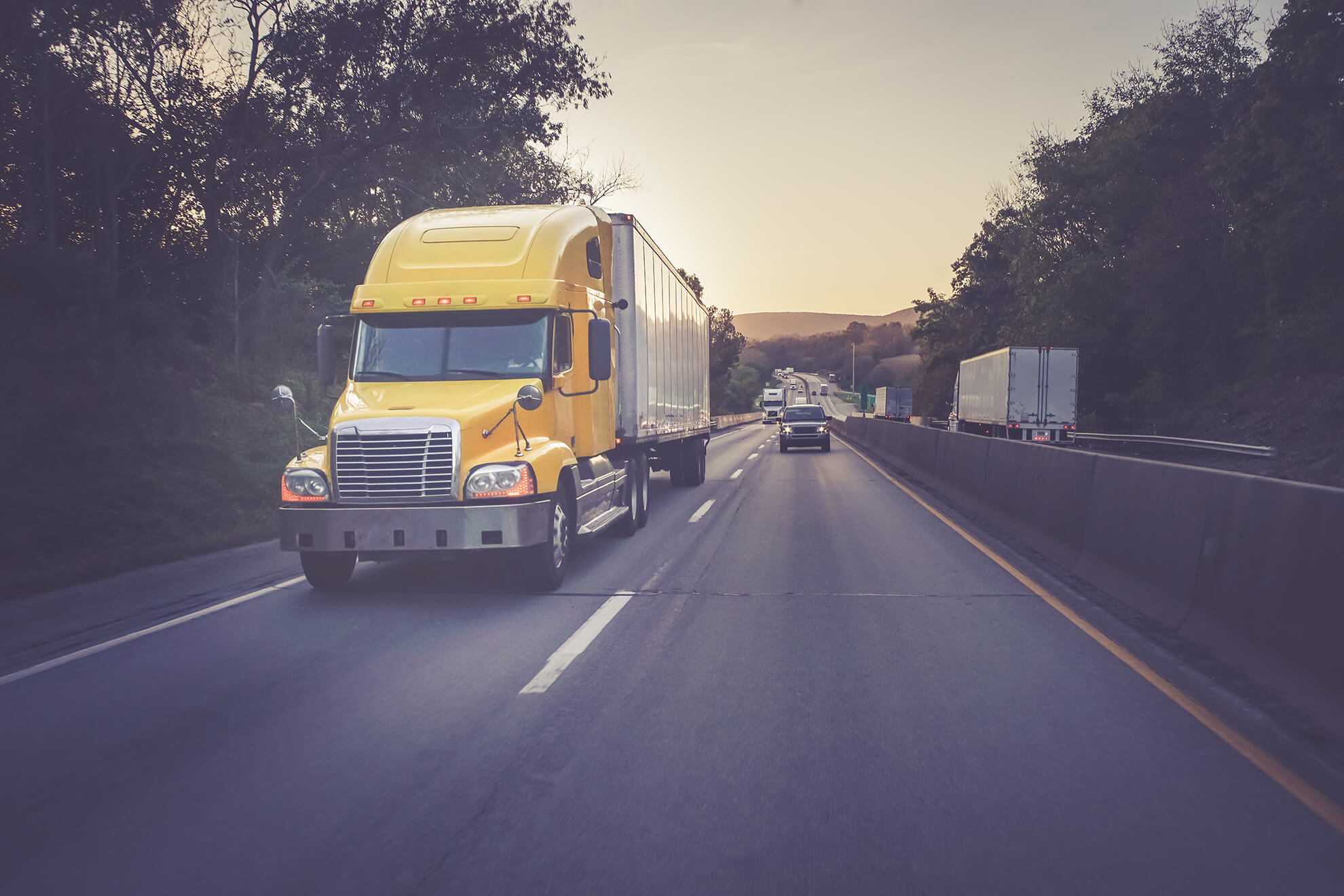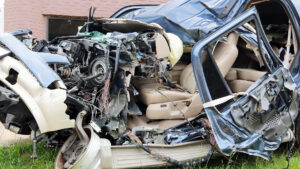Sharing The Road Safely With Large Trucks
4,761 Americans died in crashes involving large trucks in 2017.[1]Most of these fatalities were avoidable and needless deaths. Negligent or reckless drivers caused most of them.
Every year the National Highway Transportation Safety Authority (NHTSA) publishes a report about specific facts regarding 18-wheeler accidents. The report enhances safety. Our firm reviews and uses the report to make safety suggestions. We’d rather not see another person experience such injuries or death although we assist injured persons or their families in seeking justice when accidents occur. The devastation from an 18-wheeler accident can be horrific.
Knowledge is power, and it can be valuable information to increase safety for drivers. We wish to give you a few safety suggestions to keep you and your family safe from an accident involving an 18-wheeler. These suggestions are simple but critical. Here they are:

1. Don’t drive intoxicated
Impaired drivers cause many accidents. These drivers lose the ability to make sound decisions and maneuver their vehicles quickly and safely. According to the NHTSA, every day about 30 people lose their lives to impaired driving, which is about a fatality every 48 minutes.[2] Hence, the first suggestion to avoid an accident with an 18-wheeler is DON’T DRIVE IMPAIRED. We can’t emphasize this suggestion strongly enough.
2. Stay alert
The next suggestion is to stay alert by avoiding such activities as texting, talking on the phone, writing, eating and much more. Alertness is especially important in rural areas on smaller roads where vehicles travel closer together. The NHTSA reports that in 2017 most fatalities involving 18-wheeler trucks occurred in rural areas. Few occurred in urban centers. As a Texas lawyer, it doesn’t surprise me that in 2017, Texas had the highest number of fatalities from 18-wheeler involved wrecks since Texas is such a large state with lots of rural roads and highways.
3. Avoid blind spots
Always remember that 18-wheeler trucks have blind spots or what truckers call no zones. Try to avoid them at all cost. There are four blind spots you should avoid.
- Front blind spot.The first blind spot is immediately in front of the truck. The front nose of 18-wheeler trucks is so high up or tall drivers cannot see what’s directly in front of them. Avoid turning immediately in front of an 18-wheeler; that’ll put you in their front blind spot. See Diagram 1.

- Side blind spots.The area on both sides of the tractor where the driver sits and a few feet back are other blind spots. Drivers can only see what’s in their side view mirrors at certain angles. Avoid getting in these areas. See Diagram 2.

Diagram 2, Courtesy of the Utah DOT
- Rear blind spot. The area immediately behind the trailer part of the 18-wheeler is the last blind spot. Nothing is enabling the driver from seeing this spot since he’s up front in the tractor. See Diagram 3.

Diagram 3, Courtesy of the Utah DOT
The easiest way to remember these blind spots or no zones is to check whether you can see the driver in his side view mirror. REMEMBER IF YOU CANNOT SEE HIM, HE CANNOT SEE YOU.
4. Avoid tailgating
Traveling too close behind any vehicle is tailgating. It’s very hazardous especially behind 18-wheelers. If the driver of the 18-wheeler stopped suddenly, and you’re tailgating him, you couldn’t avoid hitting the 18-wheeler. The massive size of the 18-wheeler would make it very difficult for you to stop in time or swerve away from the truck. Remember also, the second most common impact points for fatal 18-wheeler accidents is the front of the vehicle that’s tailgating and the back of the 18-wheeler. That’s commonly known as a rear end accident.
5. Drive the speed limits
And last but not least, always drive the speed limit. Traveling at the speed limit allows you to take quick actions and provides you better control of the vehicle. Officials have studied the best speed limits for the highways, and you’re wise to follow their advice.
Conclusion
An 18-wheeler tractor and trailer weigh at least 10,000 pounds and can travel at high rates of speed. It can do considerable damage to anything that gets in its way. These safety suggestions may save someone’s life including yours. We hope to save lives because no amount of money is worth a life or lifetime of misery from a needless accident.
[1]National Center for Statistics and Analysis. (2019, January). Large trucks: 2017 data. (Traffic Safety Facts. Report No. DOT HS 812 663). Washington, DC: National Highway Traffic Safety Administration
[2]Id.





